Welcome to the September/October ’13 issue of Woodcarver Online Magazine
Our Front Page photo this issue is:
Lama Table
Carved by Sampa Lhundup
Hello, Friends in Carving -
Summer is over and the signs of Fall are starting to show in North America. One sure sign of fall is that we are just a few months away from Artistry in Wood, the annual two day carving show hosted by the Dayton Carvers Guild. It’s a great show, and one that should be on your calendar to attend. Look for our coverage of the 2012 AIW winners later in this issue.
In this issue -
Available now:
Profile: Sampa Lhundup
Mike Bloomquist: Get Whale Soon!
“Ol’ Don’s Drawing Table: NFL Gnome
Pete LeClair: Mike 4
Call for Photos: Annual Santa Gallery
Coming soon
Call for Photos: Celtic Art Gallery
Winners Gallery: Artistry in Wood 2012
Photo Gallery: Gathering of Woodcarvers Reunion ’13
Photo Gallery: 2013 Husky Cup
Enjoy!
Matt Kelley
Editor/Owner

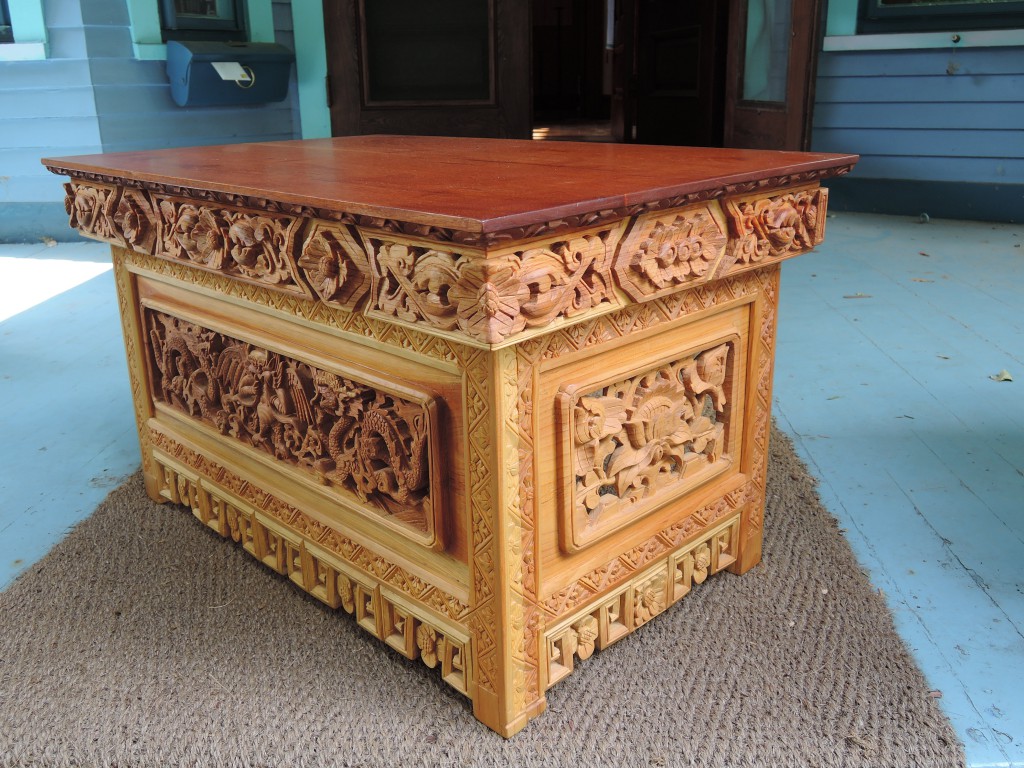


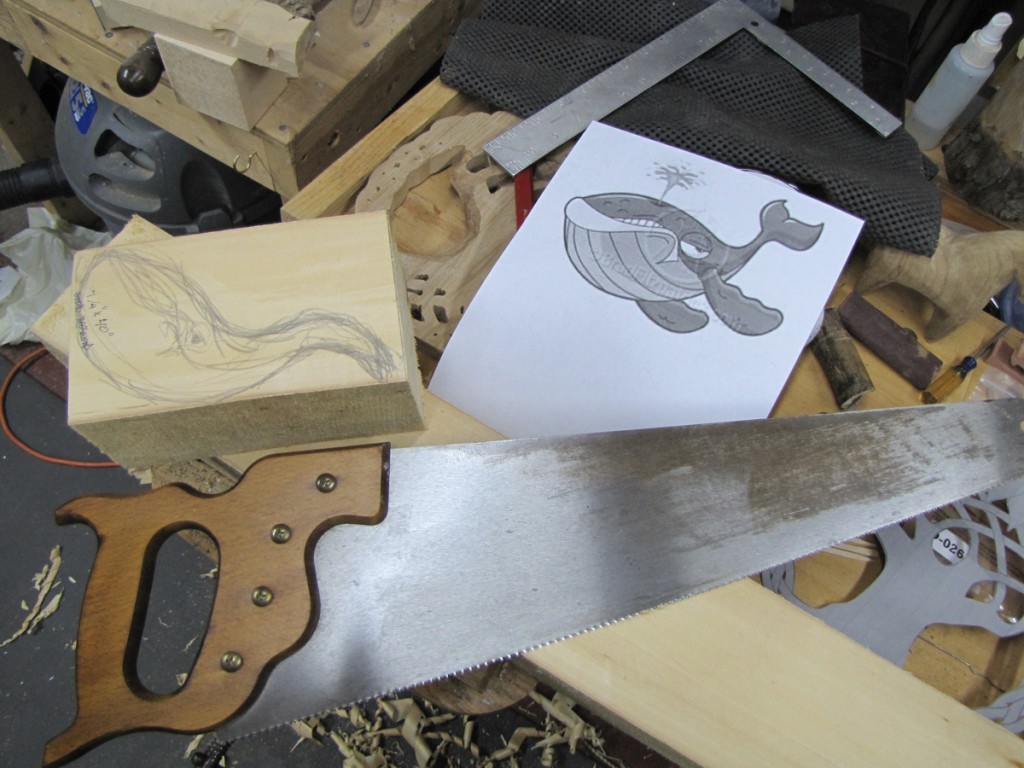


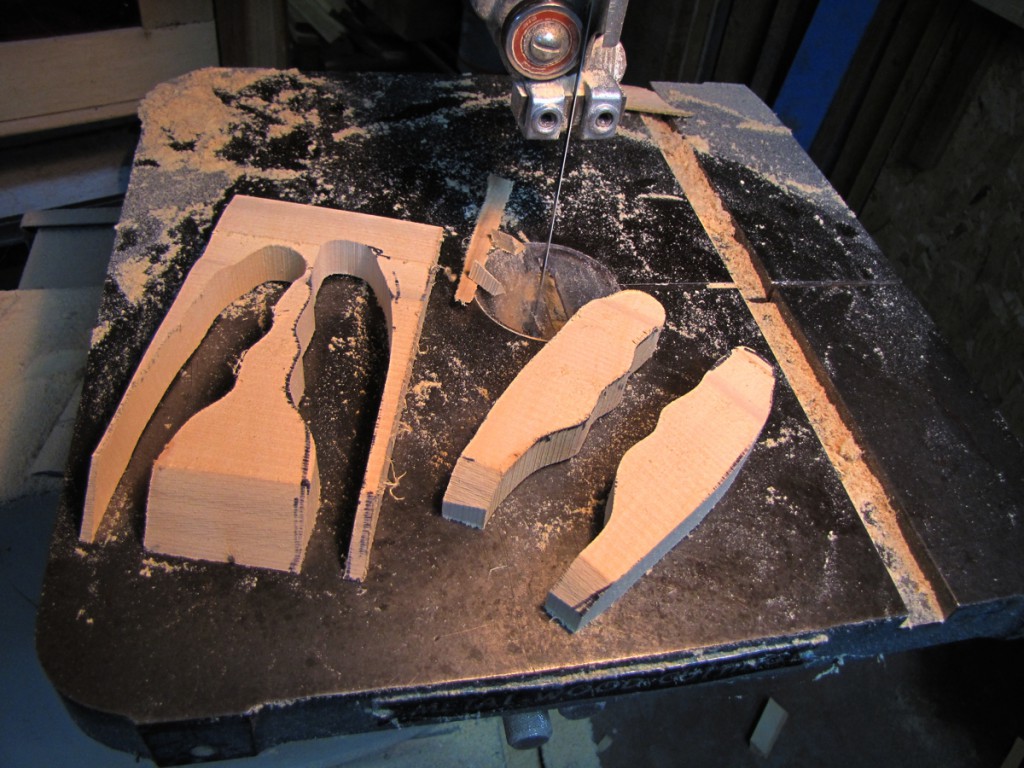
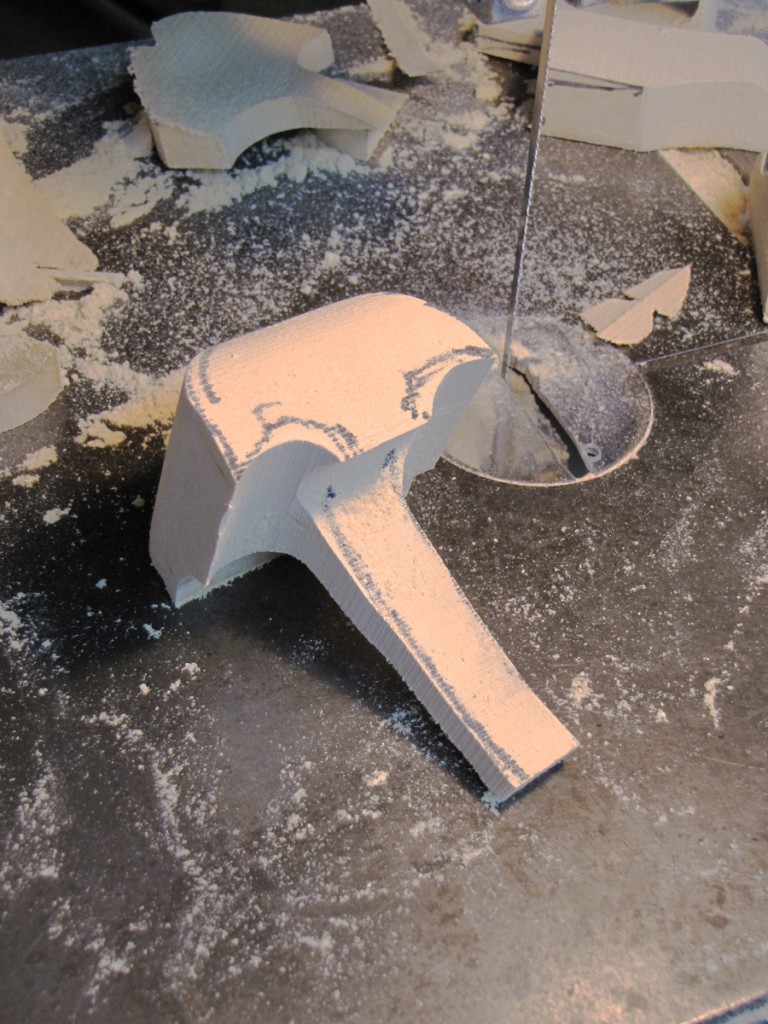


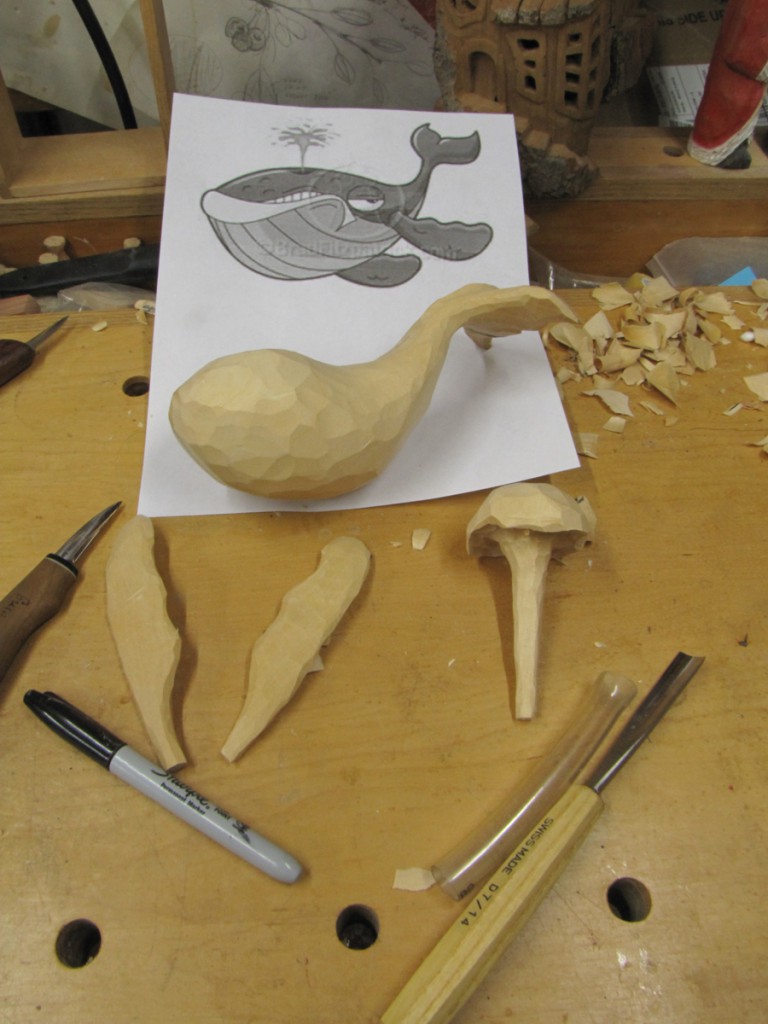
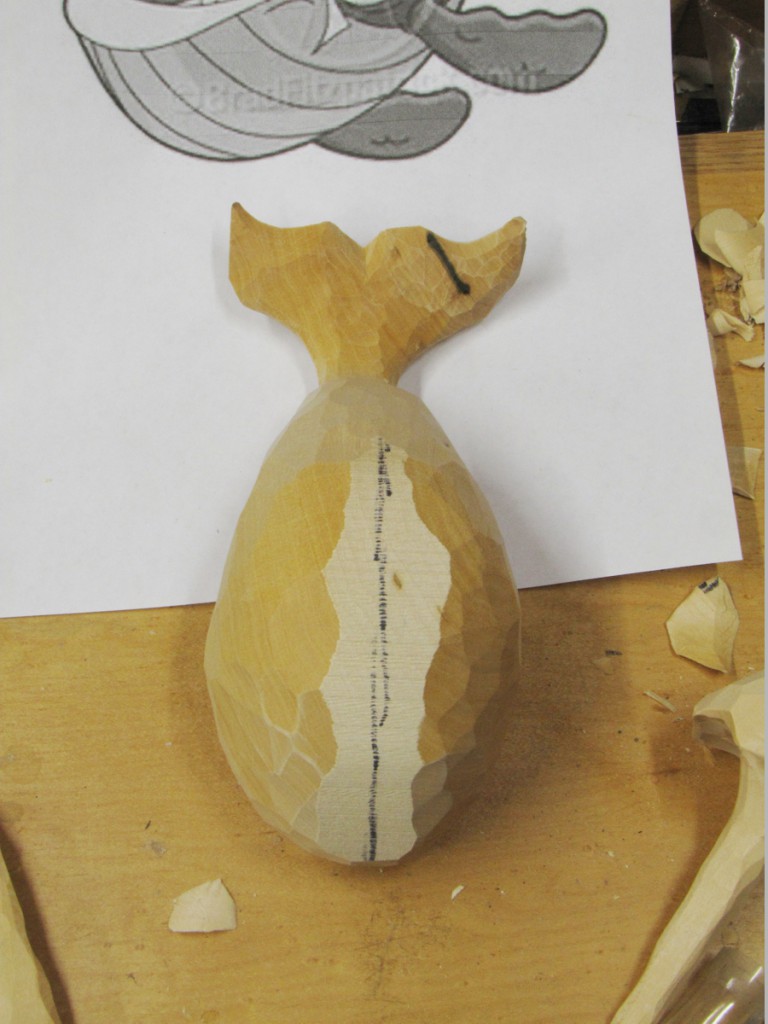
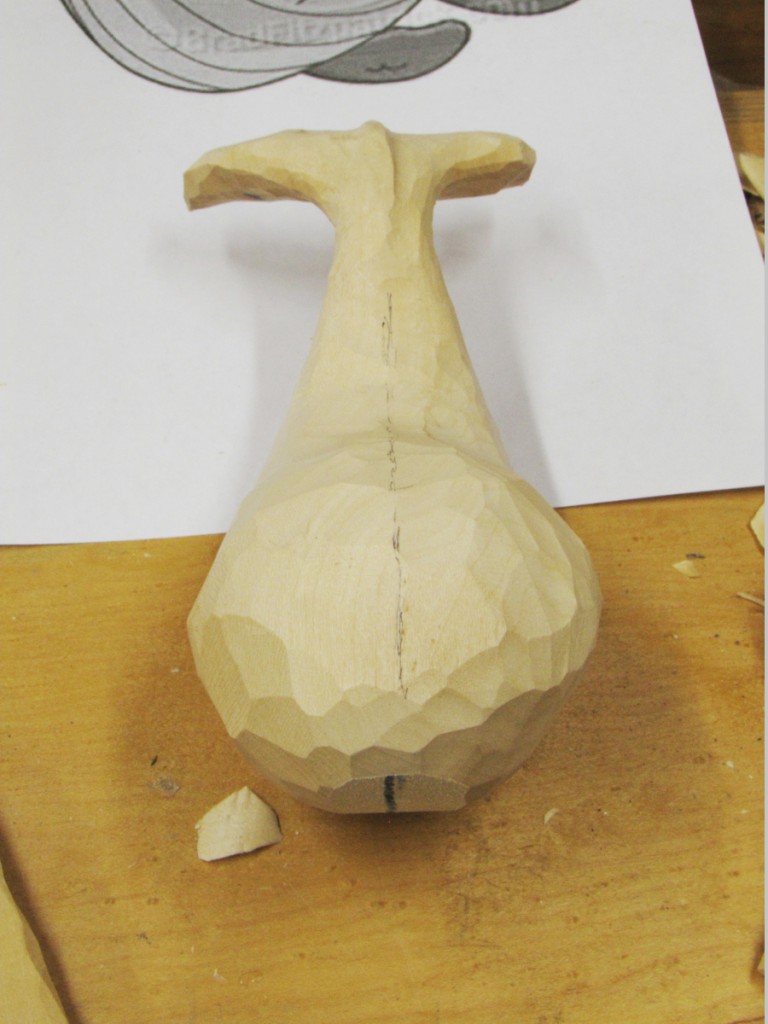
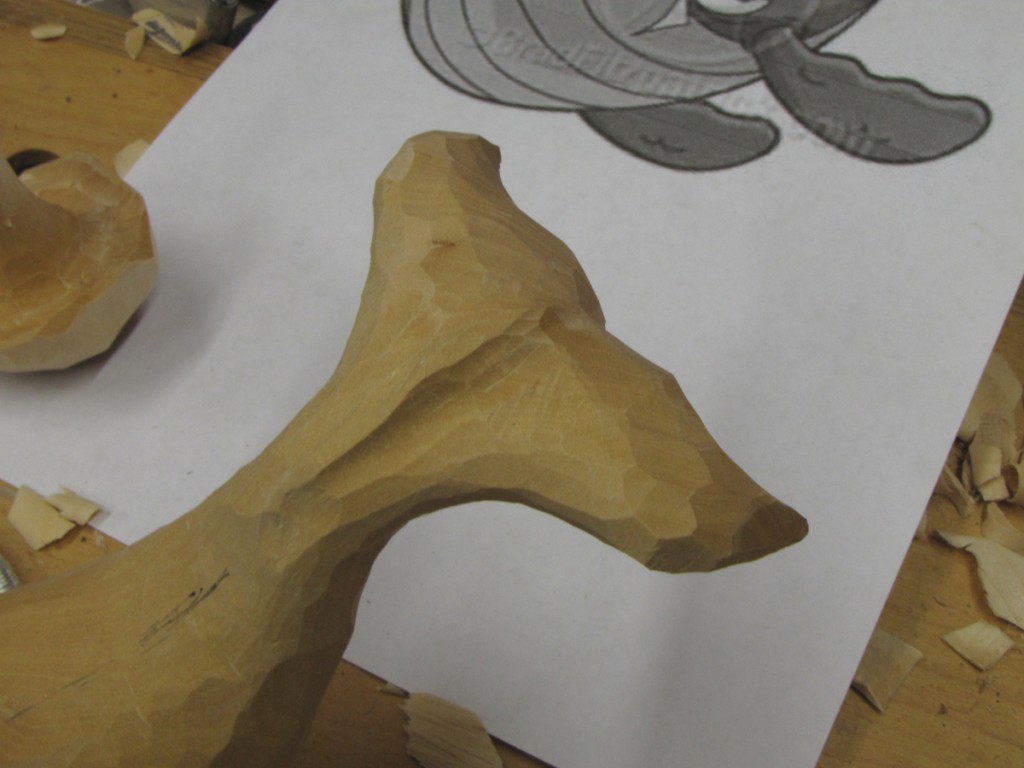








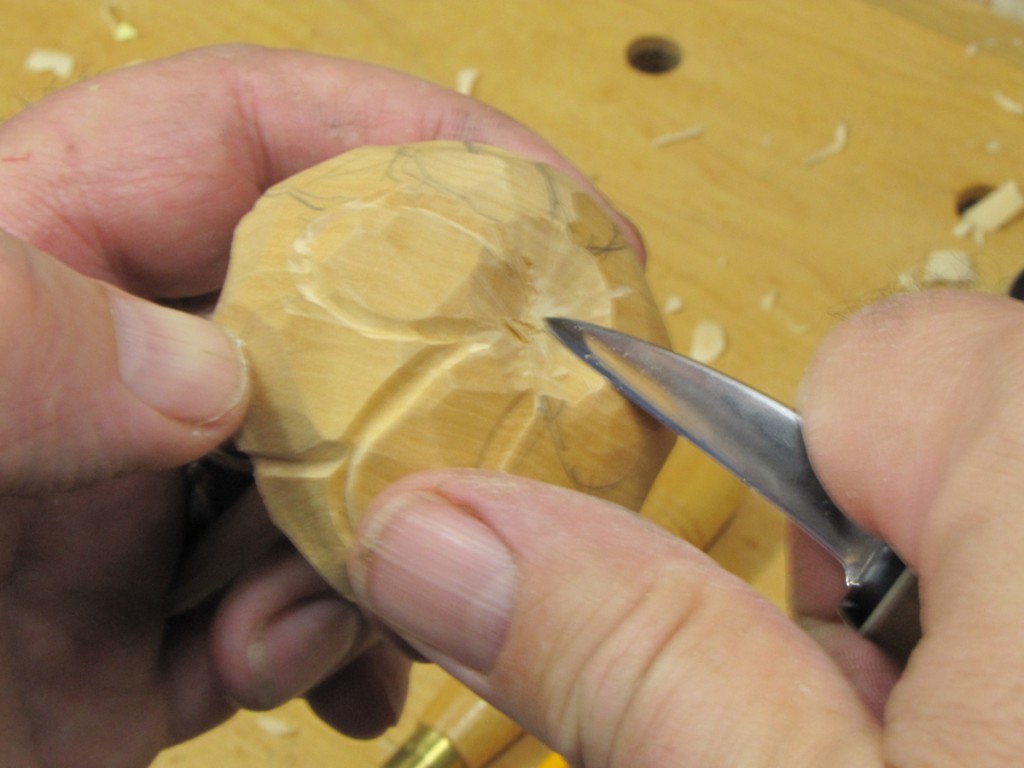

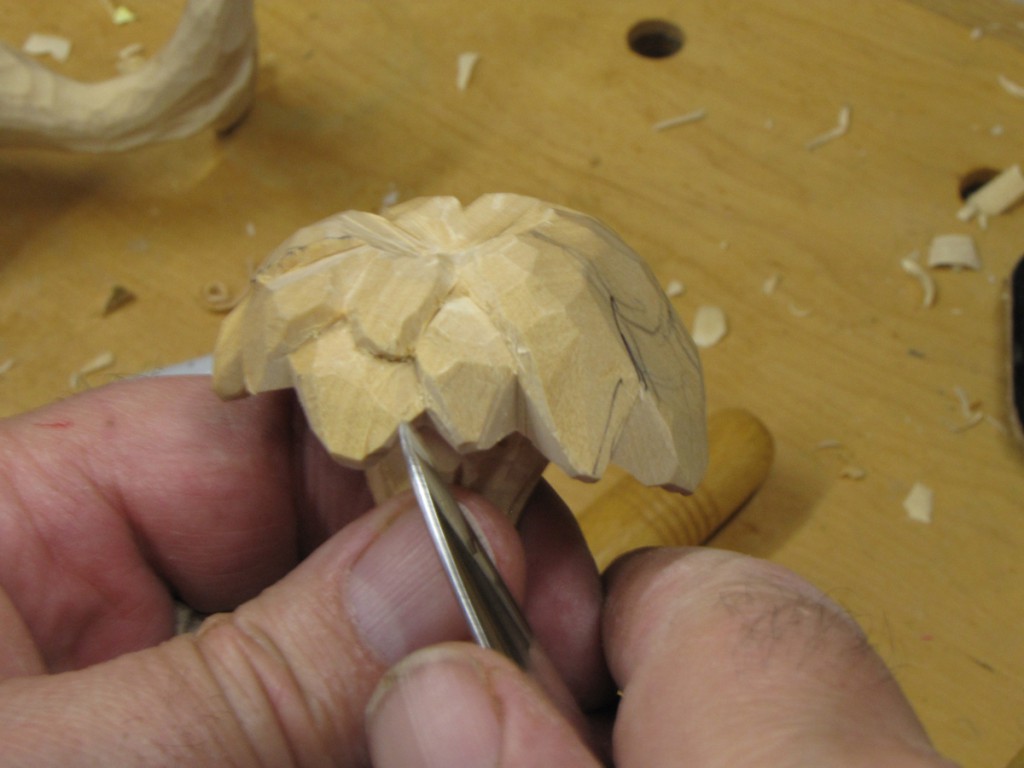







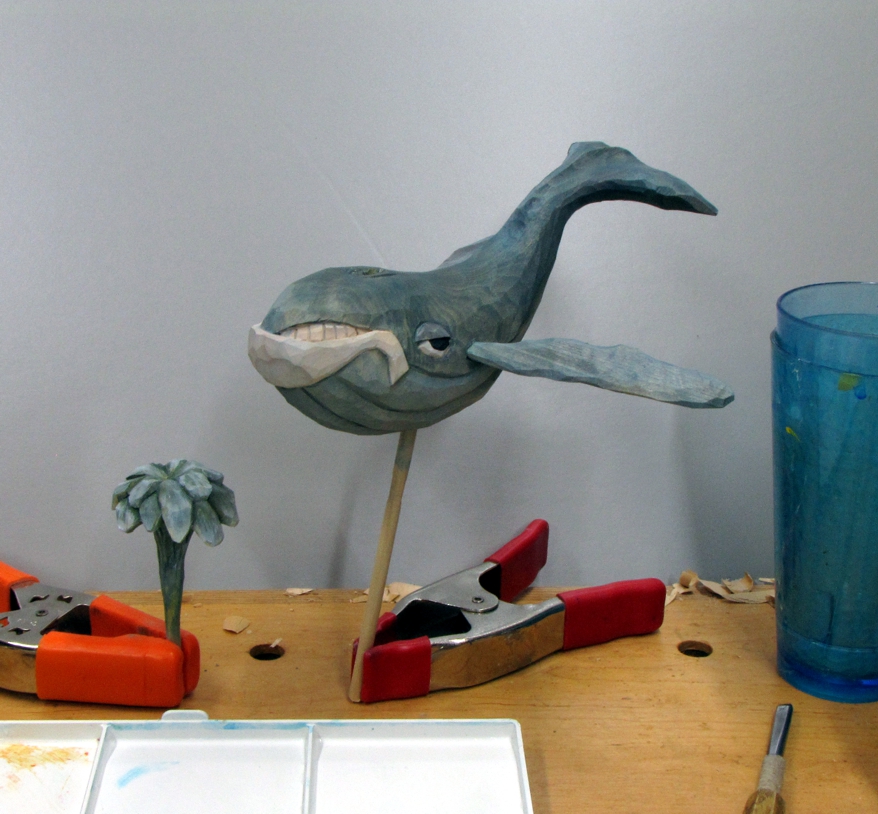
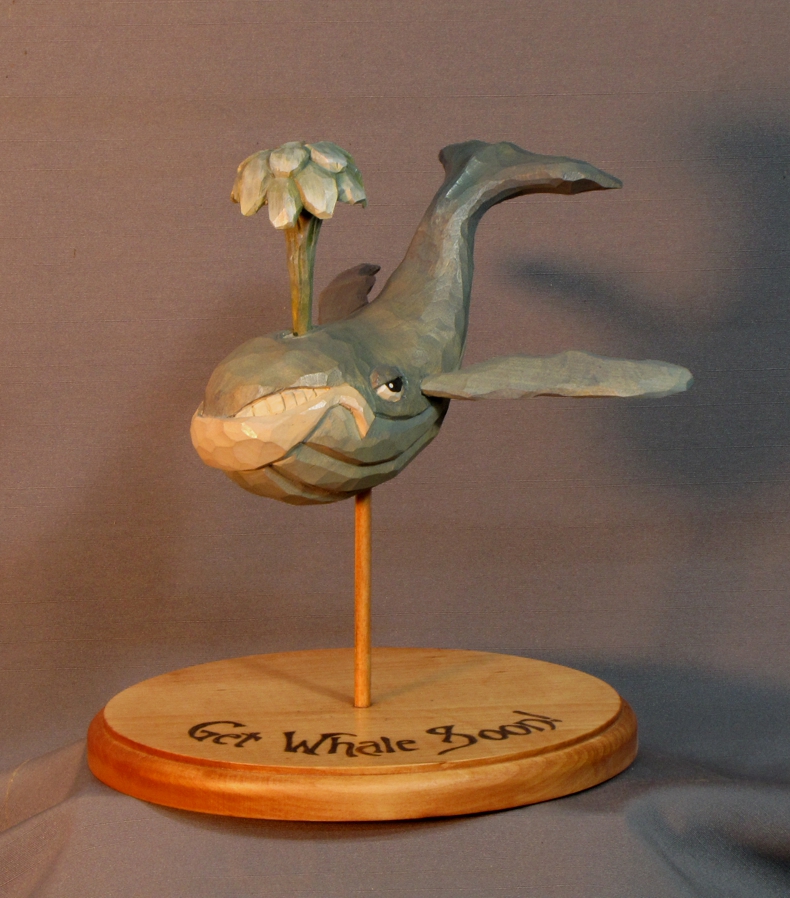

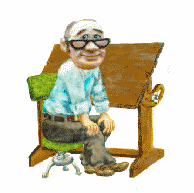



Recent Comments